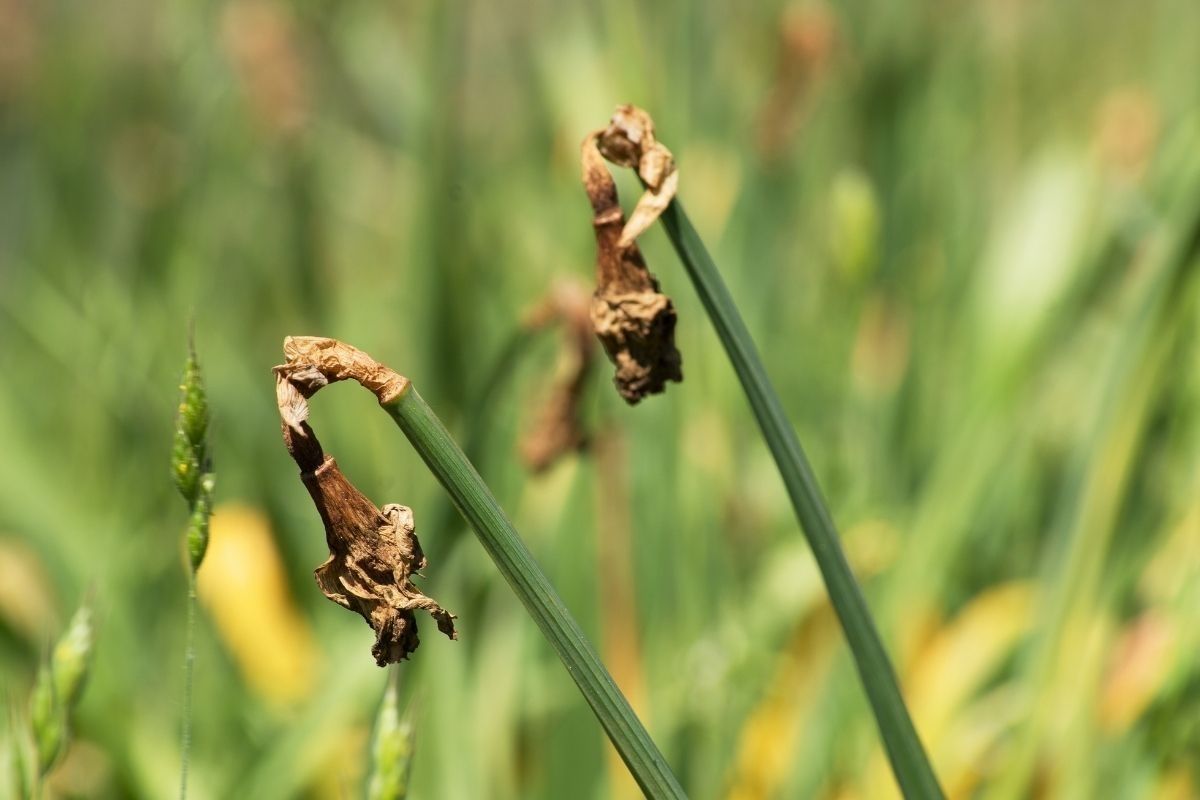
Caring for Spring Flowering Bulbs After They Bloom
Spring flowering bulbs welcome us into a new season of gardening. It’s great to enjoy the hyacinths, tulips, narcissus, crocuses, muscari, and other spring bulbs planted so many months before. It’s been a long winter of waiting for our garden to show us the results of what we have planted. Unfortunately, when the spring season comes to an end, our gorgeous display of spring blooming bulbs begins to die back. Then it is time to add some spring care to our gardens. But what does spring bulb aftercare involve? To make sure your garden is properly attended to and ready for next spring, there are some easy tasks you can complete before transitioning into the summer planting season.
Here’s an overview of what you need to know to give your spring bulbs the attention they need to look their best next year.
Table of Contents
Naturalizing Bulbs
Many bulbs are hardy perennials and can be left in the soil to multiply and are likely to rebloom next spring. Digging bulbs up each season is not necessary, and the benefit is that many of these bulbs are also naturalizing, meaning that they multiply and spread over time. This is especially true for snowdrops, crocus, chionodoxa, muscari, and scilla, as well as for all narcissus and alliums. Naturalizers are great for the garden. Plant once, and you will have them popping up each spring.
Deadheading your spent flowers
As the different varieties in the spring garden have finished blooming, it’s time to deadhead flowers. It is important to remove the spent blooms and thickening seed pods. If the seed pod is allowed to develop, then all the energy of the plant will go into producing seeds, instead of blooms for next spring. To deadhead your flowers, cut off the flower with clean scissors, garden pruners, or a knife just below the bloom and developing seed pod, leaving the stem and leaves.
Deadheading Narcissus
Deadheading Tulips
Deadheading Hyacinth
Deadheading Fritillaria
Alliums can be deadheaded, although some alliums such as Purple Sensation will self-sow. Deadhead the allium seed heads if you don’t want seedlings and you want more robust bulbs. However, make sure to deadhead your narcissus, tulips, muscari, scilla, crocus, chionodoxa hyacinth, and snowdrops.
Caring for the Foliage
Removing the spent flowers and thickening seed pod will trigger the regeneration stage of the plant. You will want to leave the foliage and stems attached to the bulb, this is necessary for the regeneration stage to be successful. During this regeneration stage, the leaves and stem will continue to photosynthesize and store the sugars into the newly forming bulblets below ground. This process of nutrient absorption and pulling energy back to the bulb can take 4-6 weeks. So, make sure to leave the greenery intact and keep the soil moist, so they will flower again next spring and it will keep the bulbs healthy. In addition, do not braid the withering leaves of the plant. This is a great time to add bone meal and top dress your bulb plantings with compost and balanced fertilizers.
All bulbs need their foliage for photosynthesis. The leaves and stems are essential to absorb light and carbon dioxide and water is absorbed through the roots of the bulb. Through this process, the plants create sugars and oxygen. The oxygen is released into the air and the sugars are stored in the bulbs, for next year’s blooms. Once the leaves turn yellow, it is a sign that the regeneration process is complete, and you can then trim the withered foliage to soil level. It can take a 4-6 weeks for the foliage to finish this phase, given the weather, growing conditions, and the type of bulb. A cool and wet spring can mean the leaves will stay green longer; while warm and sunny conditions turn foliage yellow much sooner. When the faded foliage has turned yellow, it is ready to be removed. Trim the leaves and stem to soil level with your pruners and the dead foliage is ready for the compost. To make sure your bulbs are most likely to rebloom, it is essential to allow your greenery to fade and turn yellow before trimming, then your bulbs are ready to go dormant.
Do you plant bulbs in your lawn? The foliage of the earliest spring flowering bulbs, (snowdrops, crocus, and scilla), is often finished its regeneration stage well before the first lawn-mowing. These very early spring bloomers are excellent for pops of spring colour in the lawn.
Tulips and Hyacinths
Whether tulips return to bloom the following spring depends on the growing conditions in your garden, how they are cared for after they bloom and the type of tulip bulb you have planted. No two gardens bloom alike, and weather conditions can vary greatly each season in different zones across Canada. The tulip species that will return to bloom year after year in your garden include: Fosteriana (Emperor series), Greigii (Oriental Beauty), Kaufmanniana (The First, Fashion, Guiseppi Verdi), Mini Botanical (Dasystemon tarda, Praestans Shogun, Pulchella Eastern Star) and Darwin (Apledoorn, Parade, Impression series) types. Planting these varieties will give you the best results for blooms year after year. The later flowering novelty tulips like lily flowering, fringed and parrot types will generally bloom amazing the first year, followed with fewer blooms the second year and in subsequent years you will need to replace them with fresh bulbs.
Hyacinths too, may bloom for two to three seasons before needing replacement. To ensure a gorgeous display of hyacinths in your garden come spring, plant some extra fresh bulbs in fall. Like tulips, the size and amount of hyacinths reappearing will decline in subsequent seasons.
In spring if you see lots of leaves and very few to no tulip or hyacinth blooms, this is a sign that the bulbs in the ground are trying to generate and store enough nutrients to create blooms. So, the best thing to do is to carefully remove the leaf and bulb in spring and plan to plant fresh bulbs in the fall.
Tip:
To preserve the attractiveness of your garden, remove the spent flowers as they deteriorate. This ensures your garden retains a cleaner look for a longer period, while other flowers are still blooming.
Adding Perennials to Your Spring Blooming Garden
It’s hard to resist cleaning up the garden when it looks messy, but you’re recharging the bulbs for next spring’s garden. If the shabbiness truly becomes a problem, try planting perennials among the bulbs such as hostas, daylilies, peonies, perennial geraniums and heuchera to hide the spent bulb foliage. Adding these extra plants among your bulbs will hide the withered foliage and add some more attractive focal points.
Spring Blooming Bulbs as Annuals
In small garden spaces some will choose to treat spring flowering bulbs like annuals, digging them up and replacing them each season. Foliage and bulbs can all be deposited in the compost, and one can look forward to planting new selections in the fall. Your garden will now be a blank slate, and you won’t have to worry about disturbing your fall bulbs when you plant spring bedding plants and summer flowering bulbs like lilies and dahlias.
Although it may seem like a waste of bulbs, there are benefits to removing your tulips each year and starting fresh. Planting a new crop of bulbs can give you better growing results and a fuller garden. In addition, you have the extra benefit of new colours, varieties, sizes, and amounts of blooms in your garden! Every year there are new varieties available in the fall to plant in the garden. Starting fresh opens more possibilities for building next spring’s garden.
Even with leaving your bulbs in the ground to grow next year, it is nice to add in some fresh colour and new varieties to ensure a great garden display. In addition, to make sure you have the gorgeous flowers from previous years reappearing for years to come, take proper care of the bulbs after the flowering season is complete.



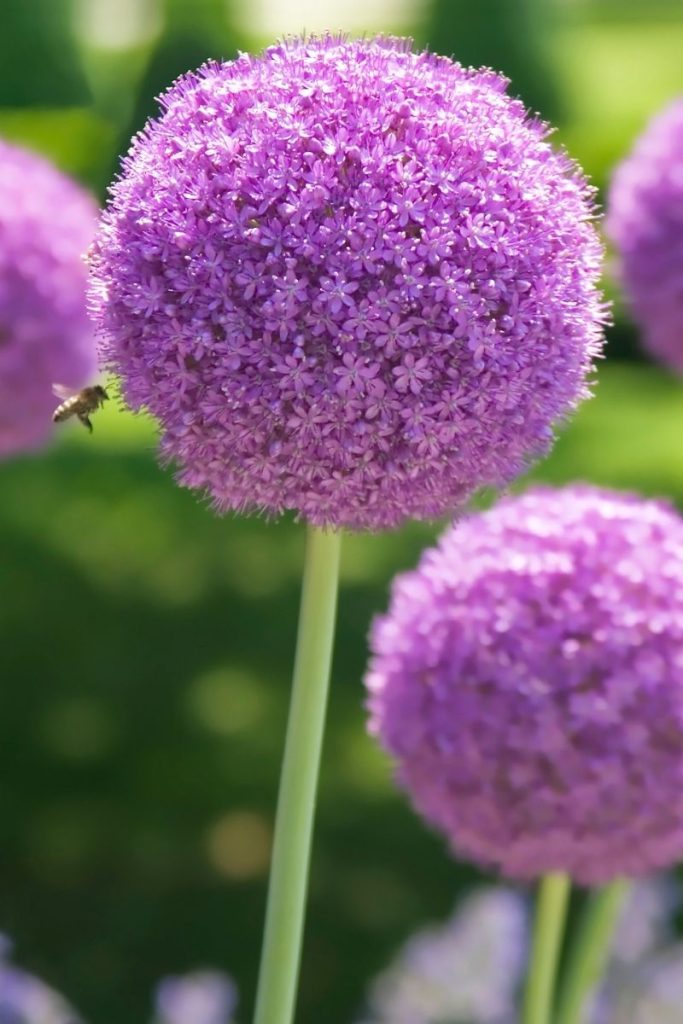

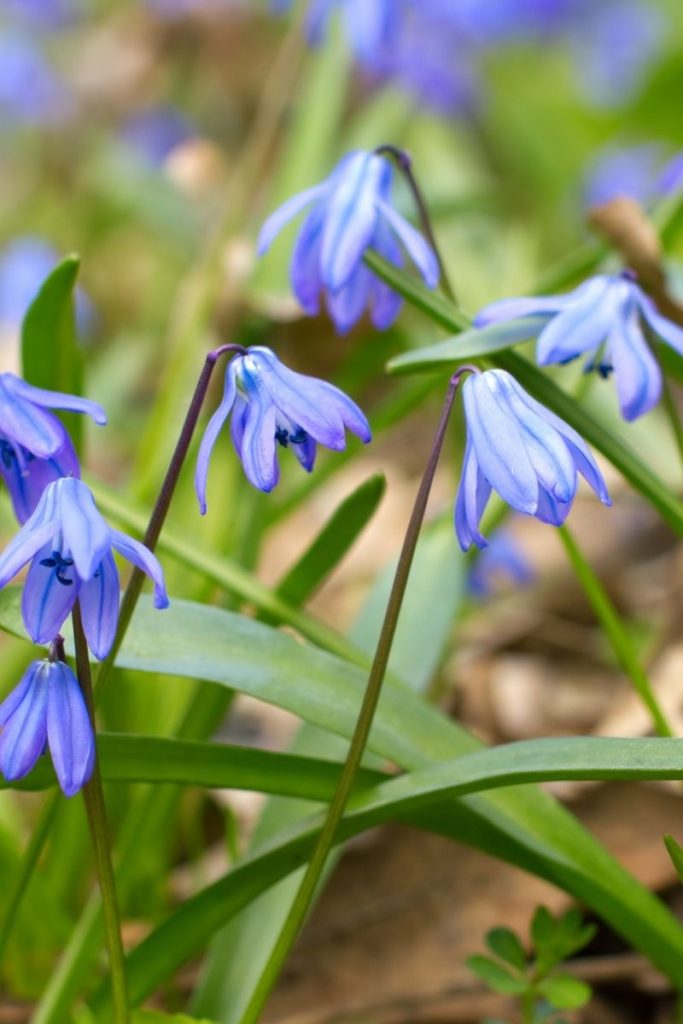
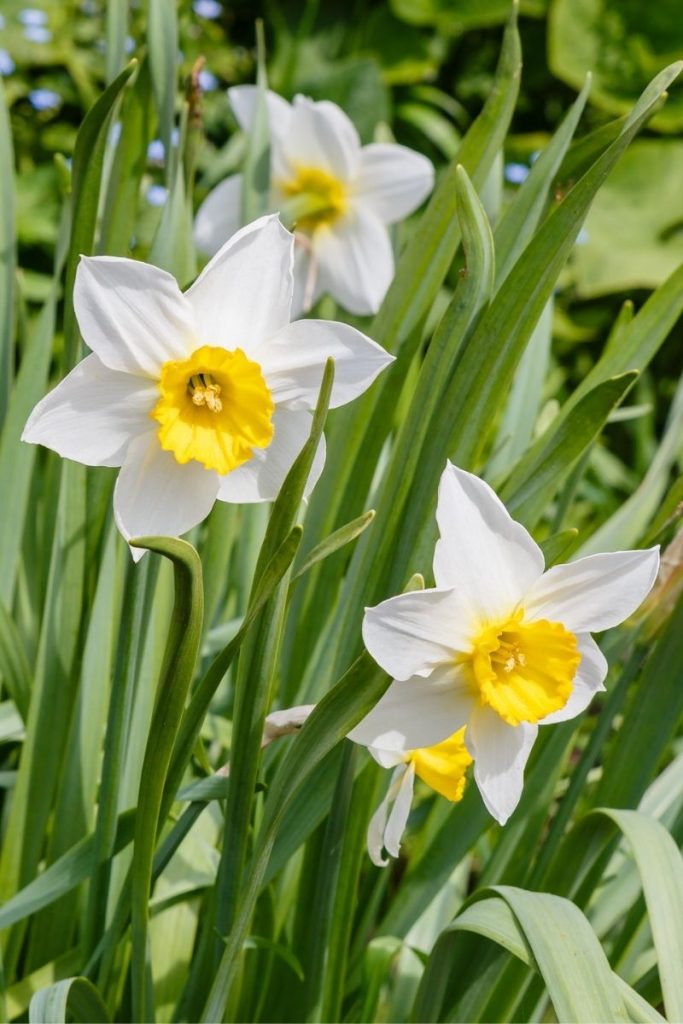
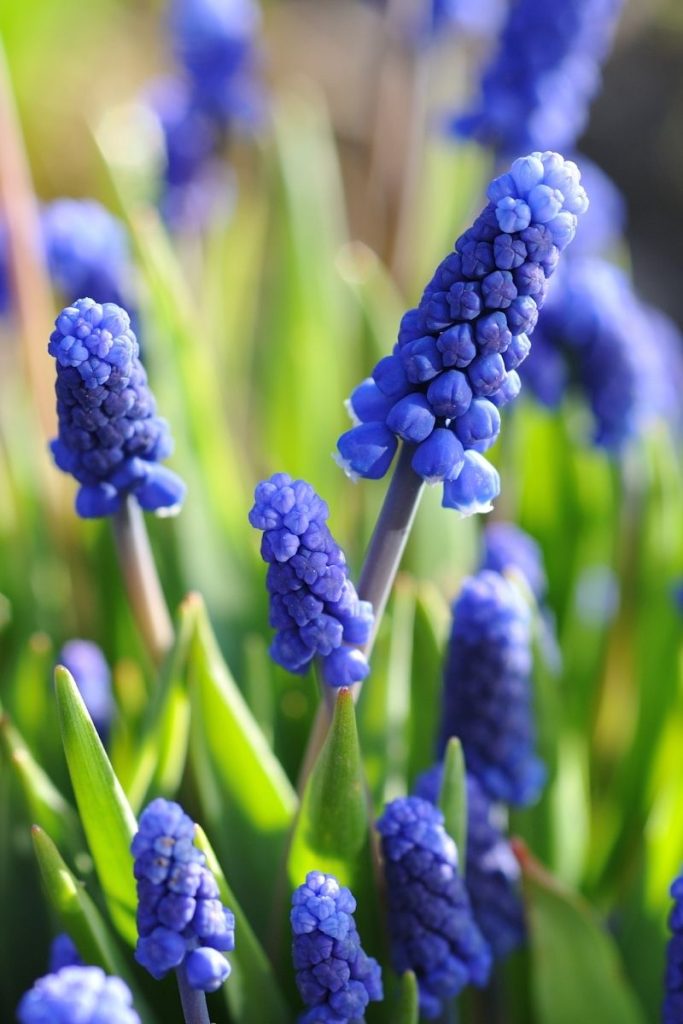
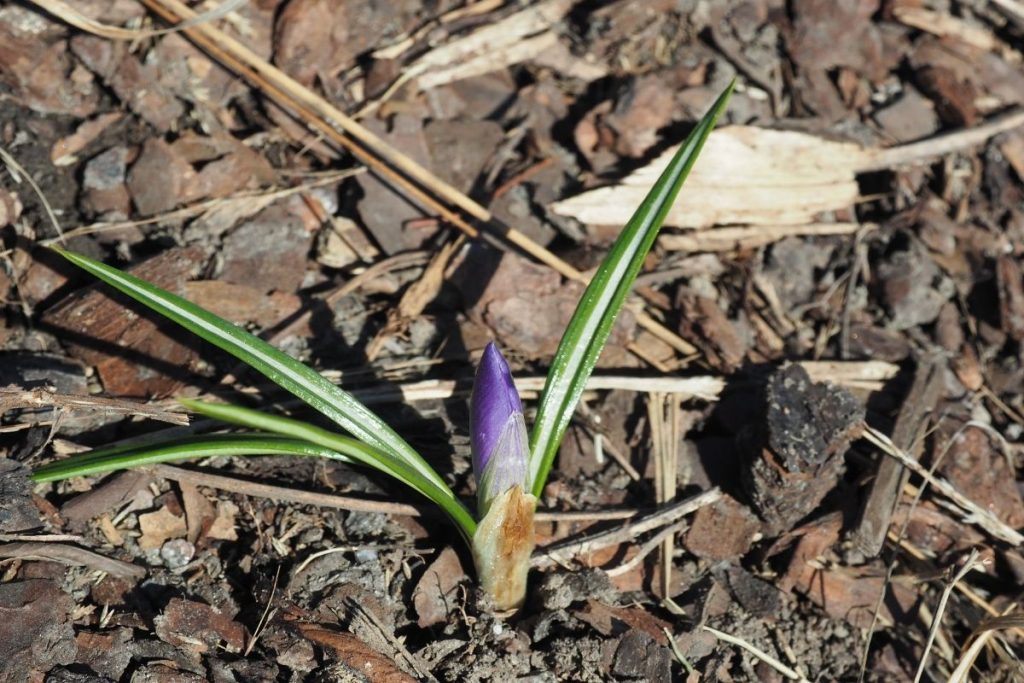
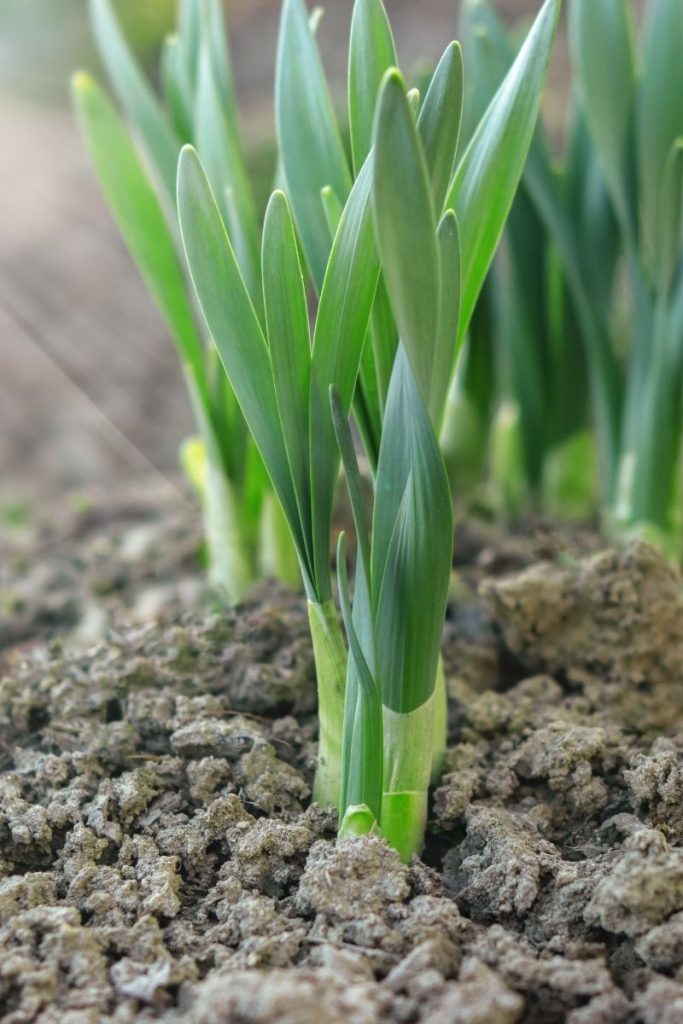
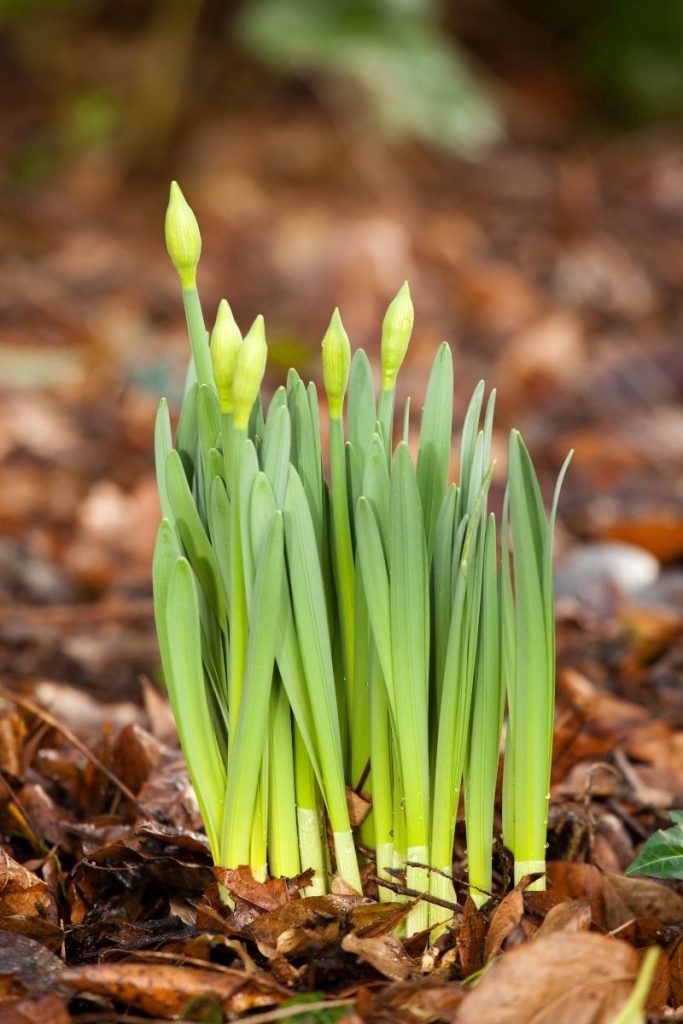
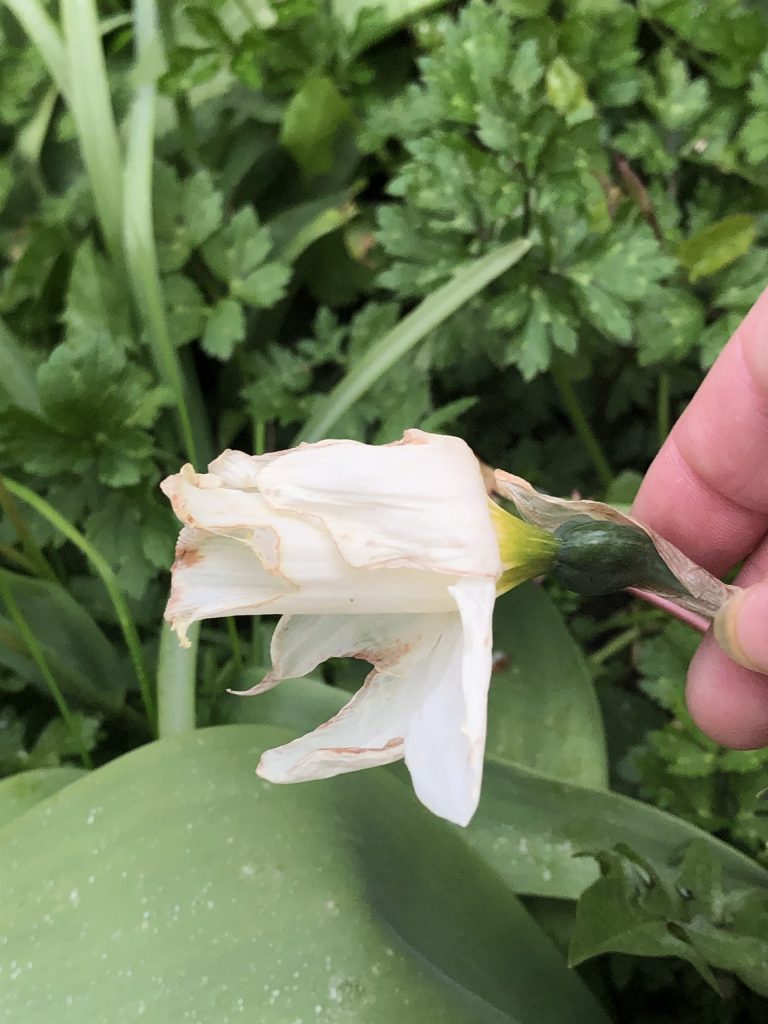
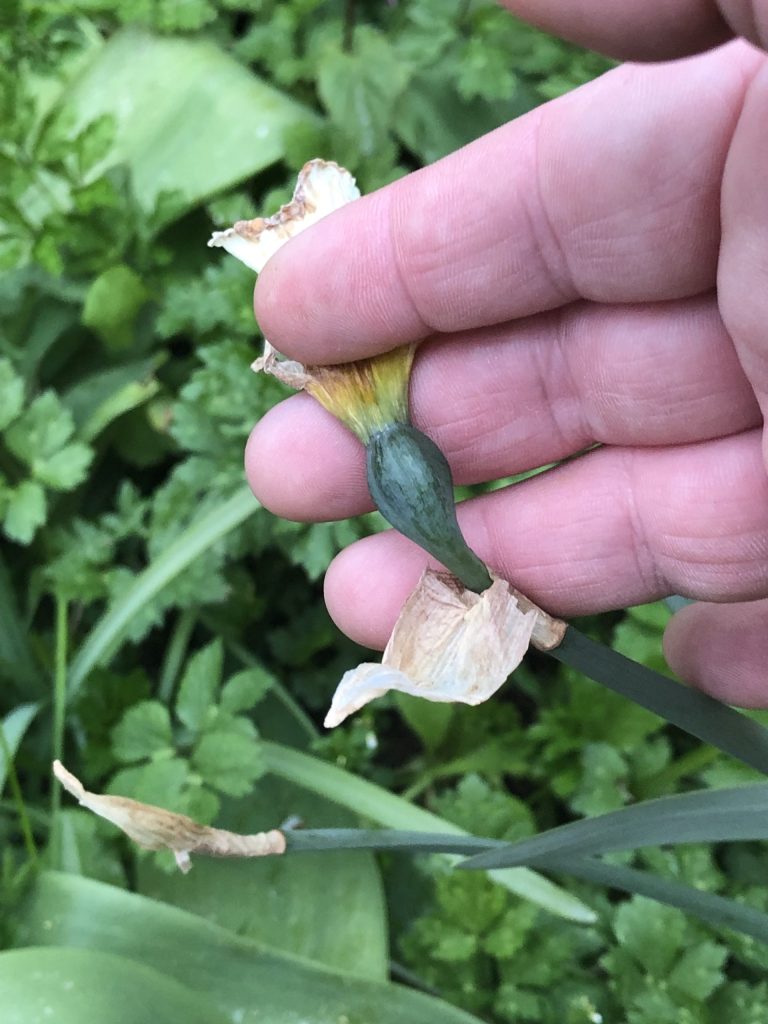

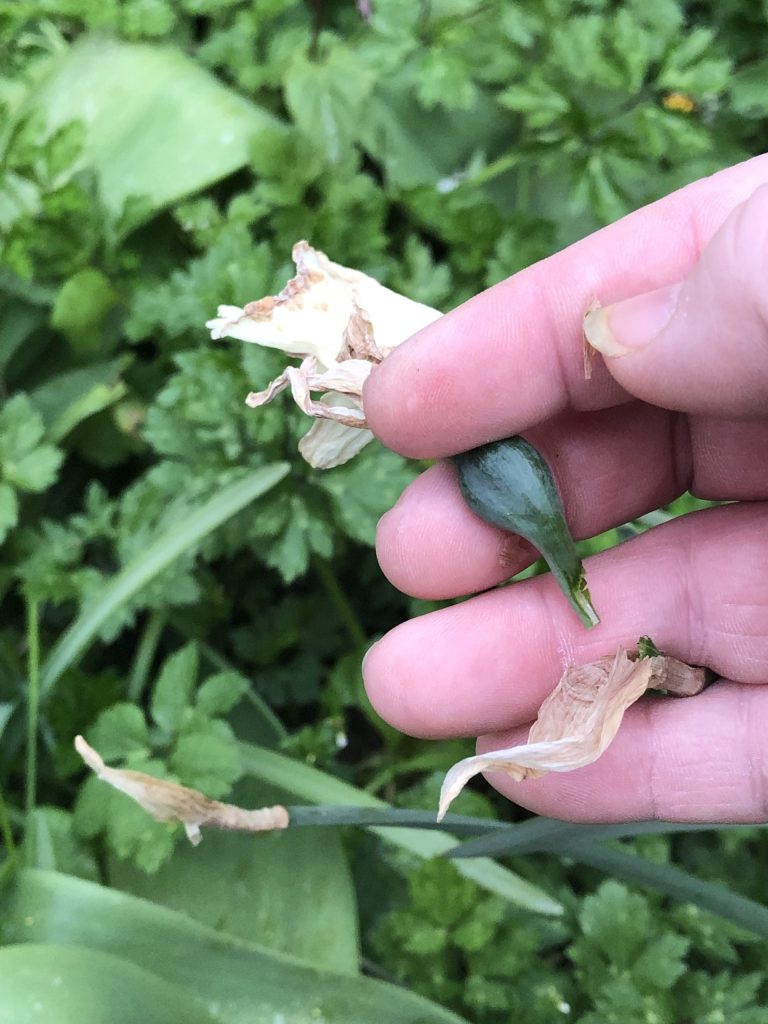
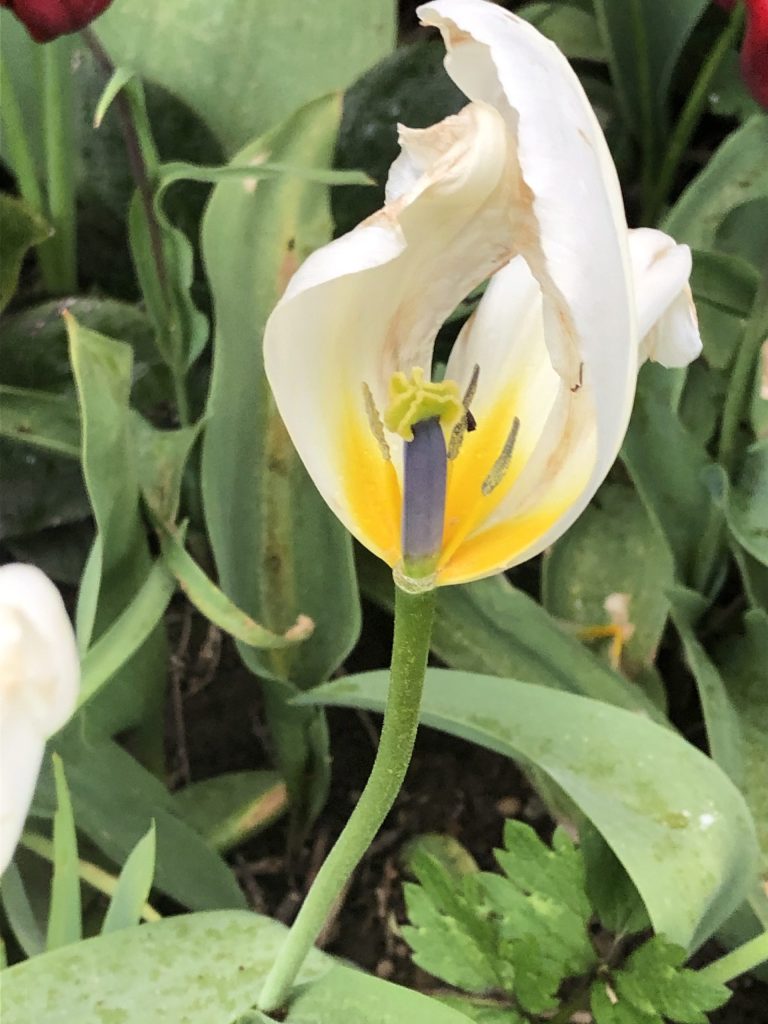
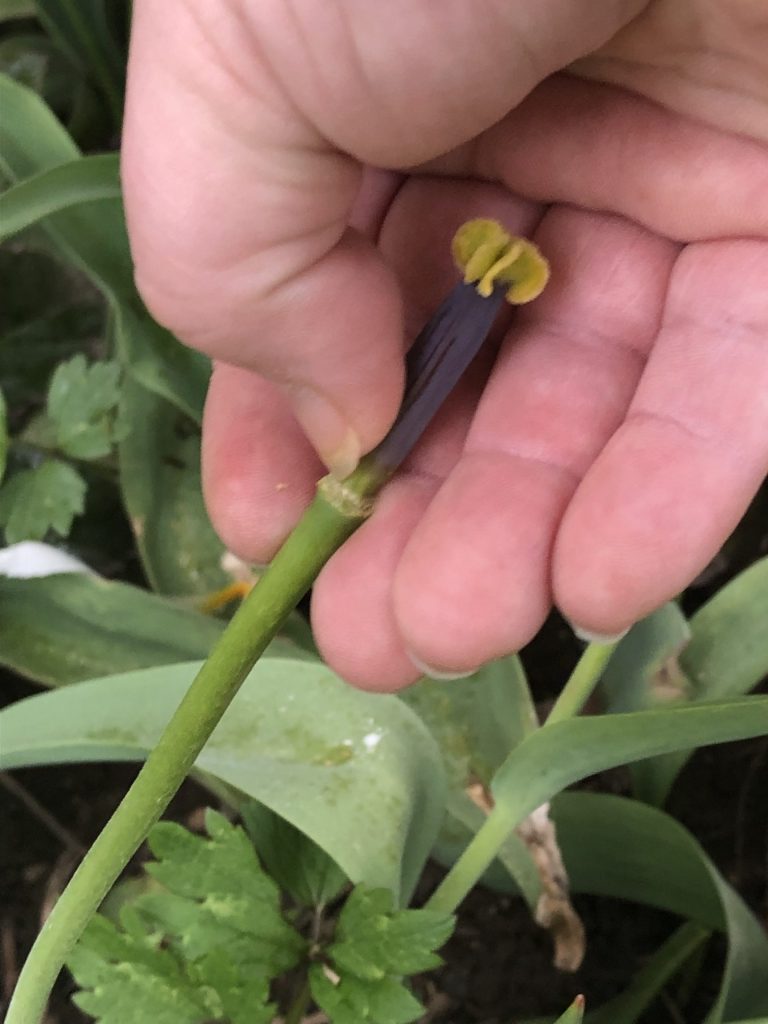
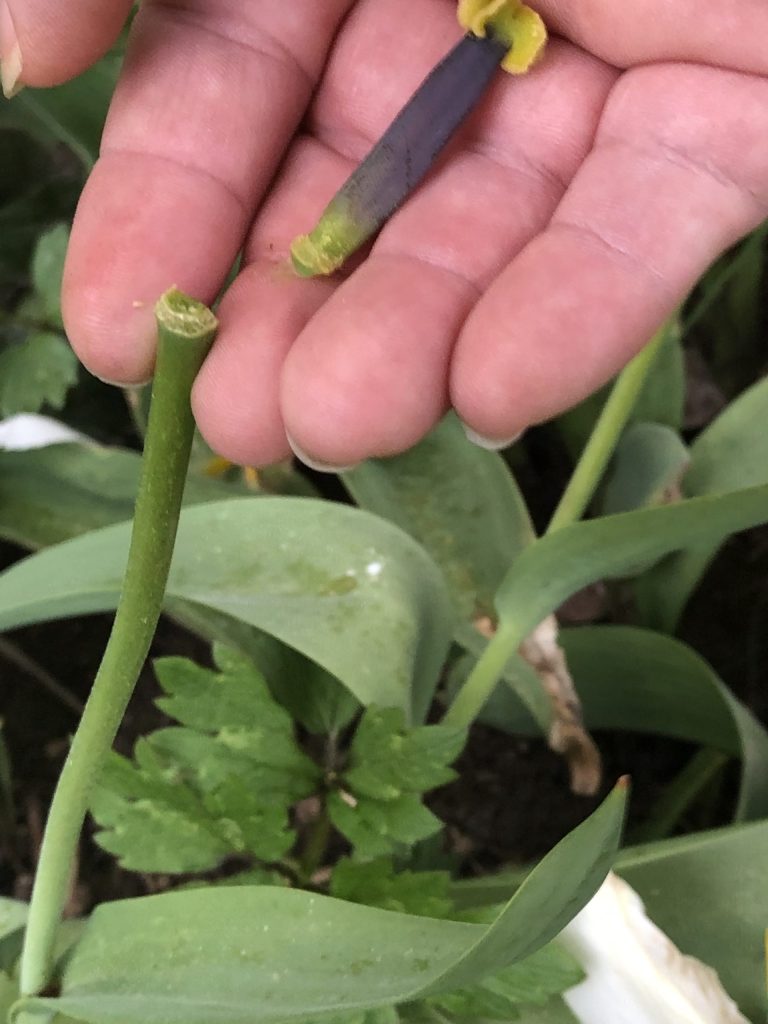
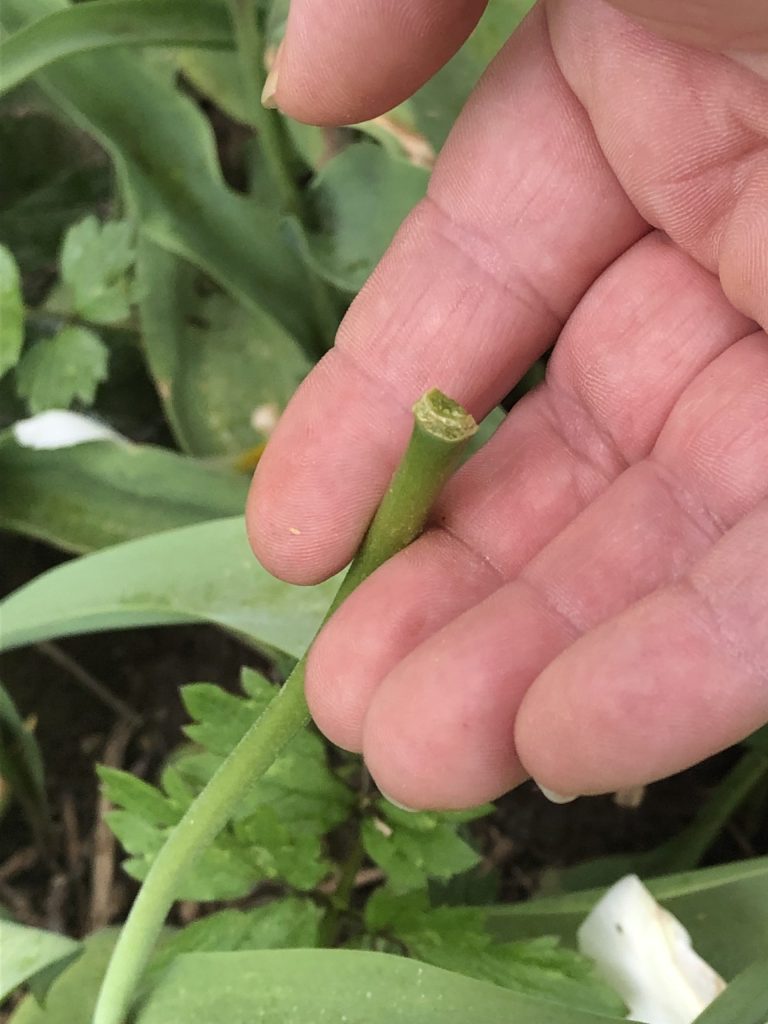
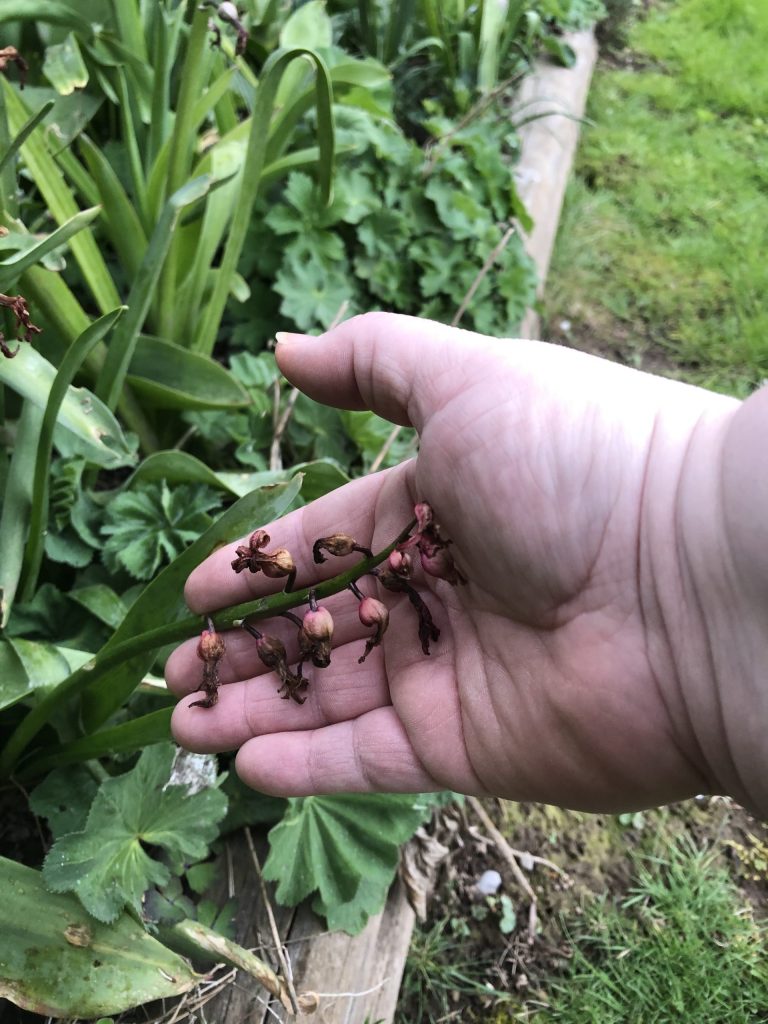
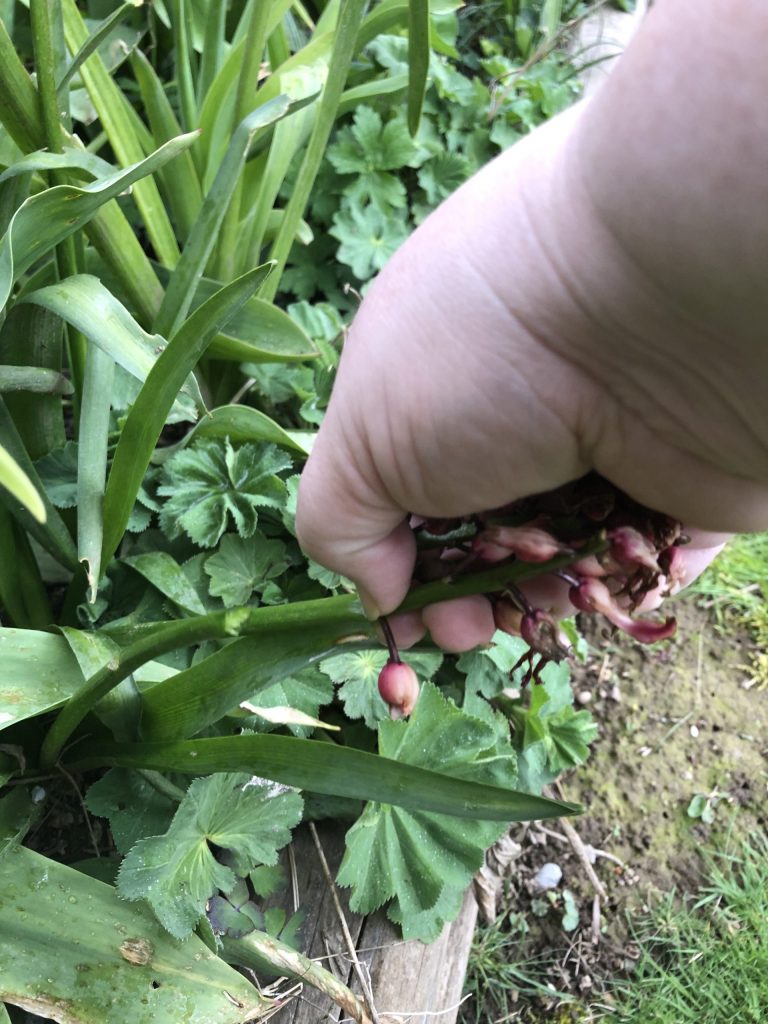

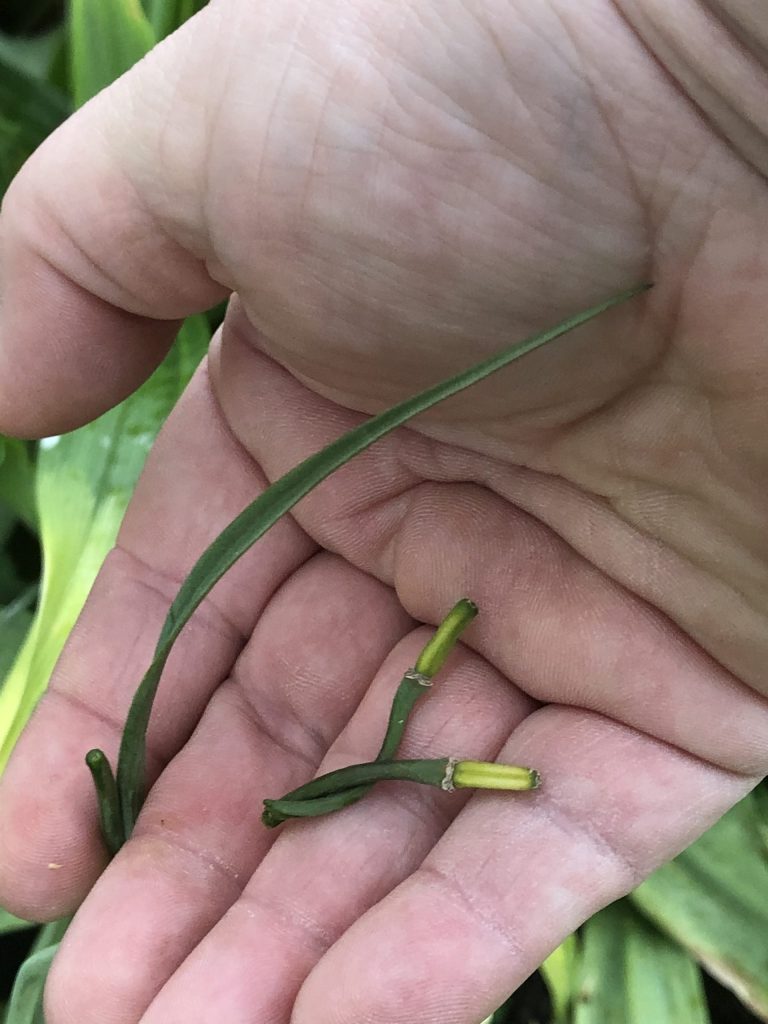
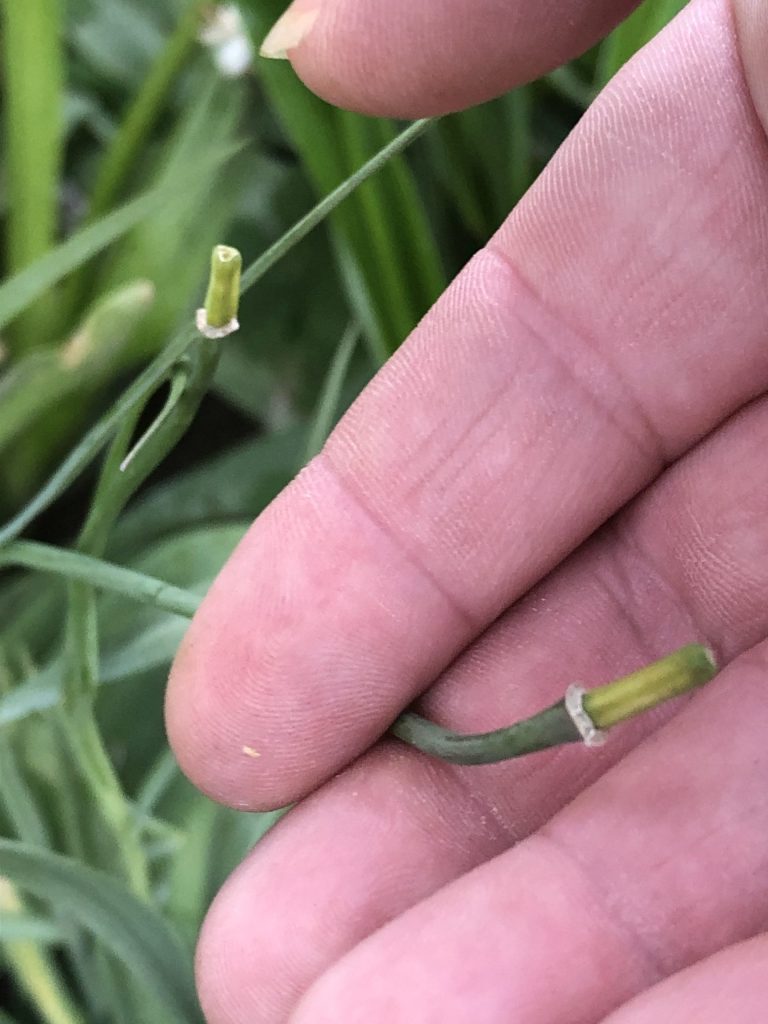
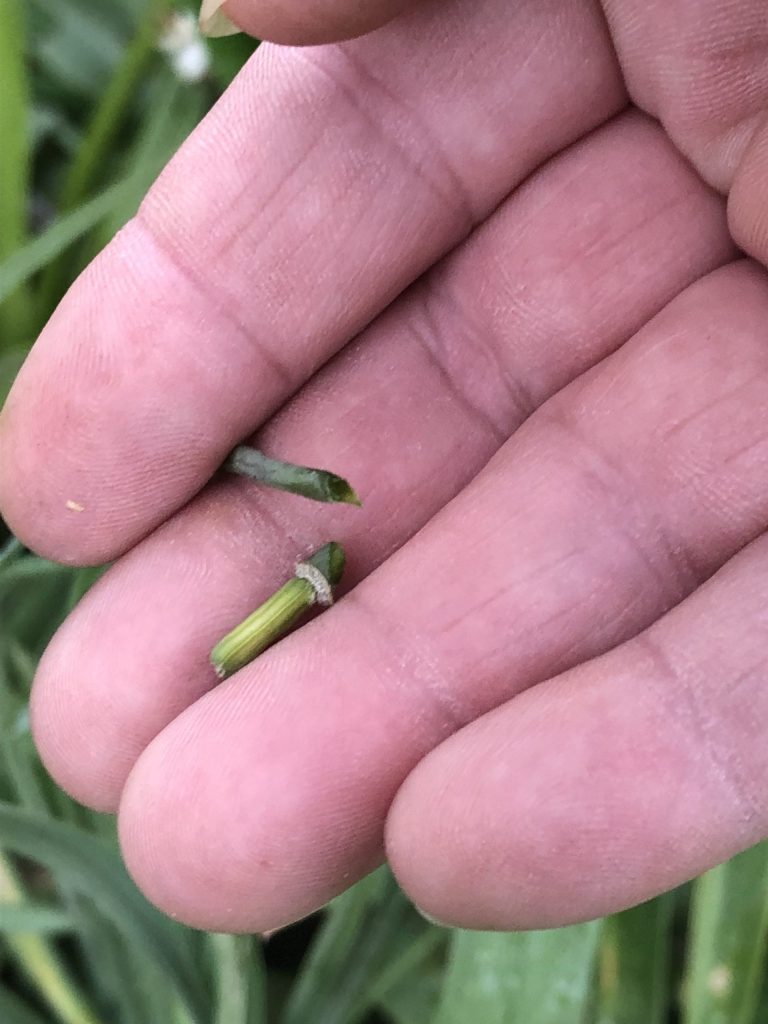
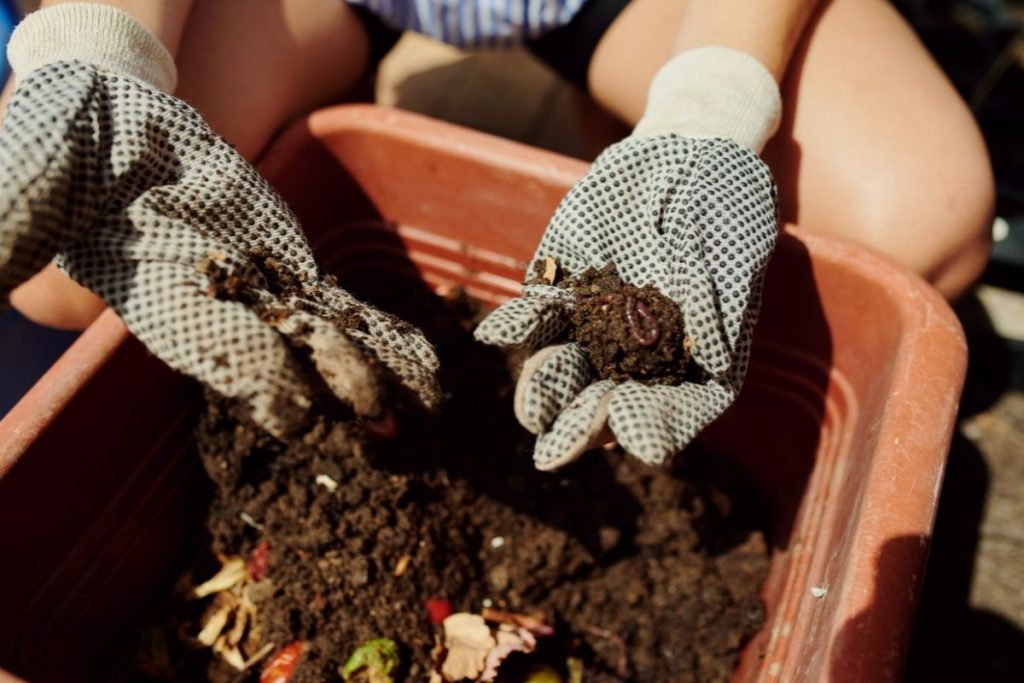
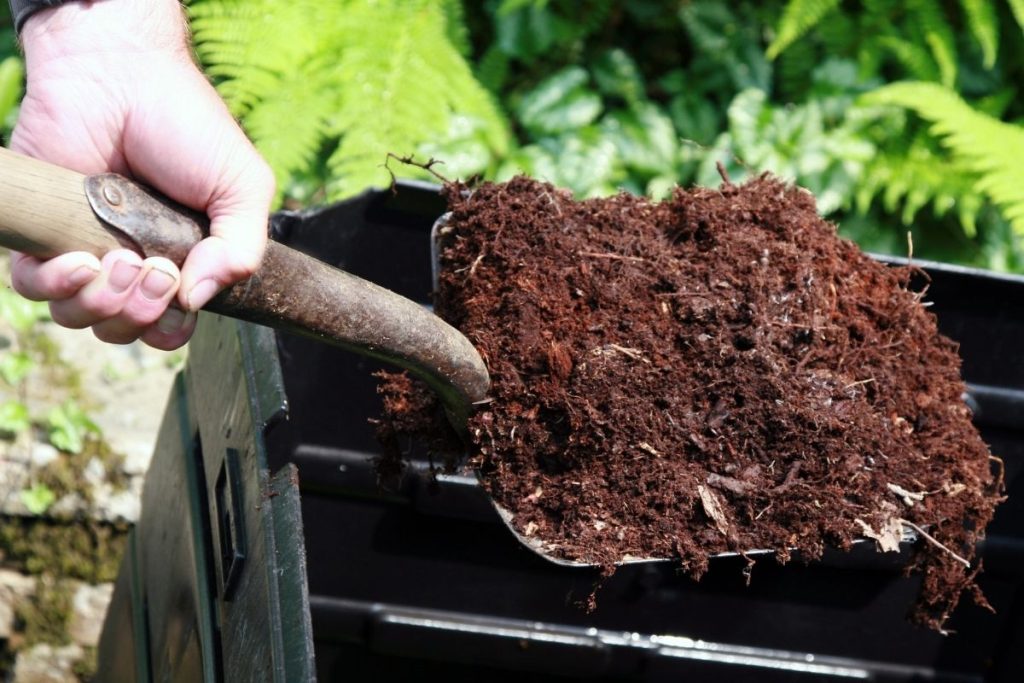
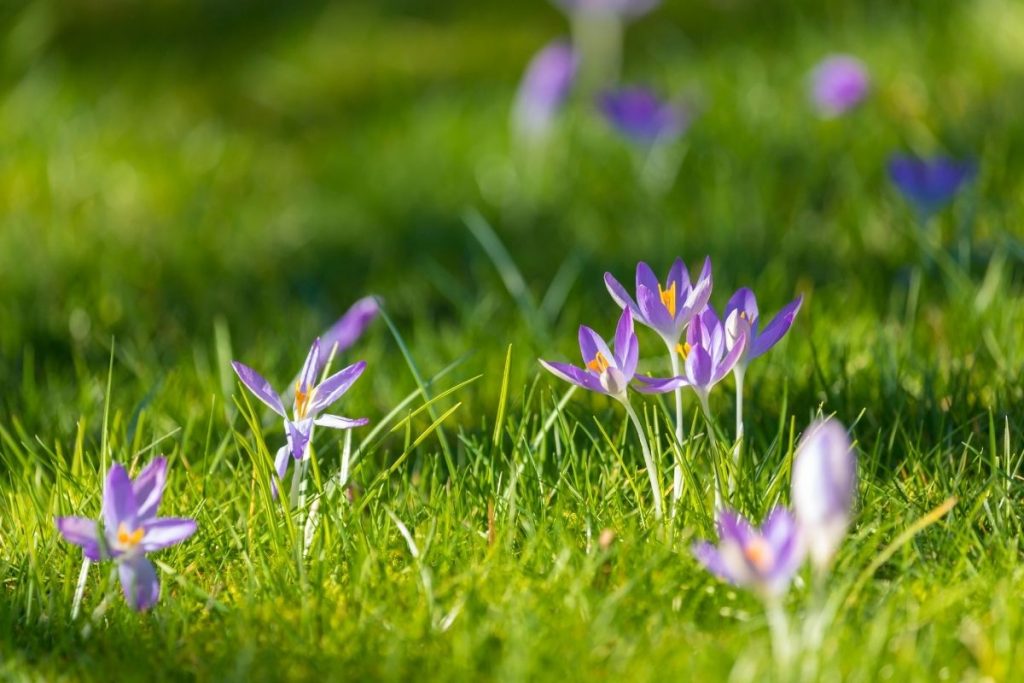
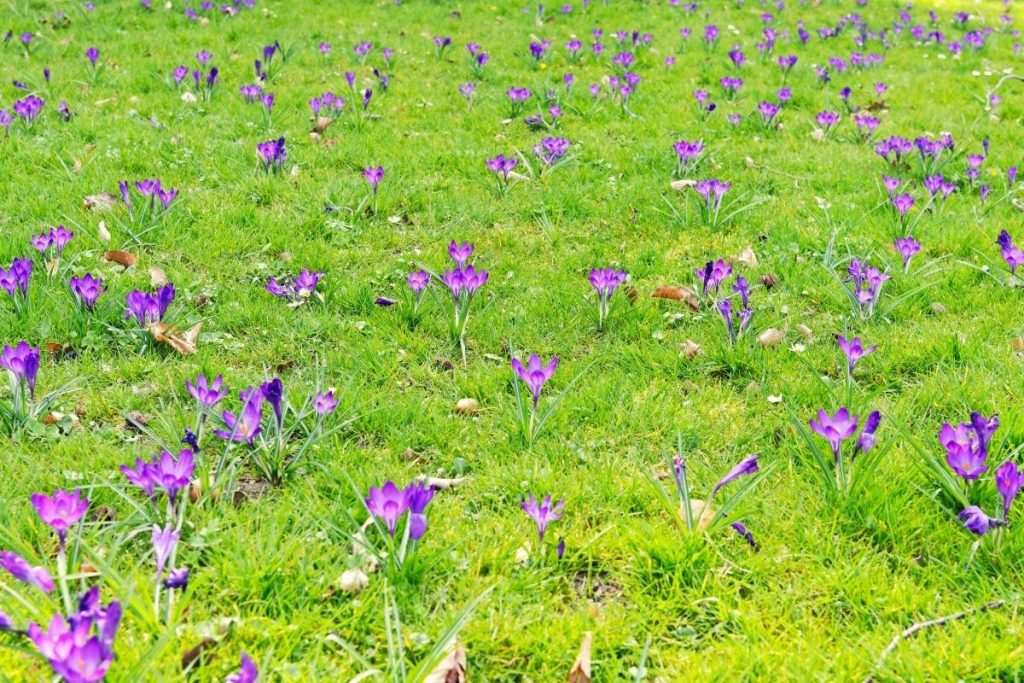
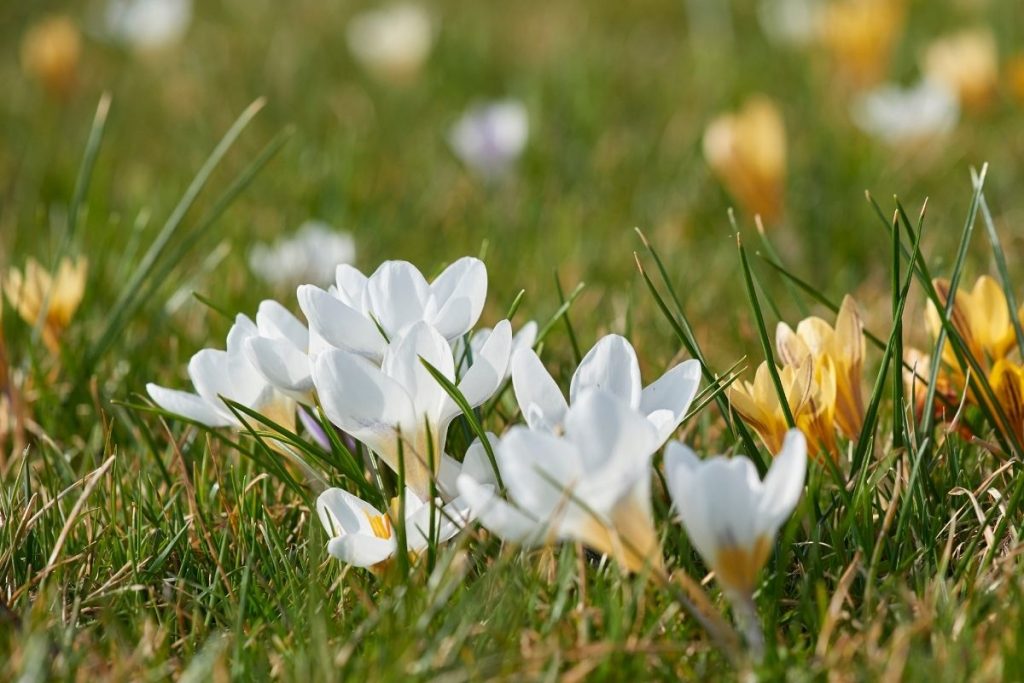
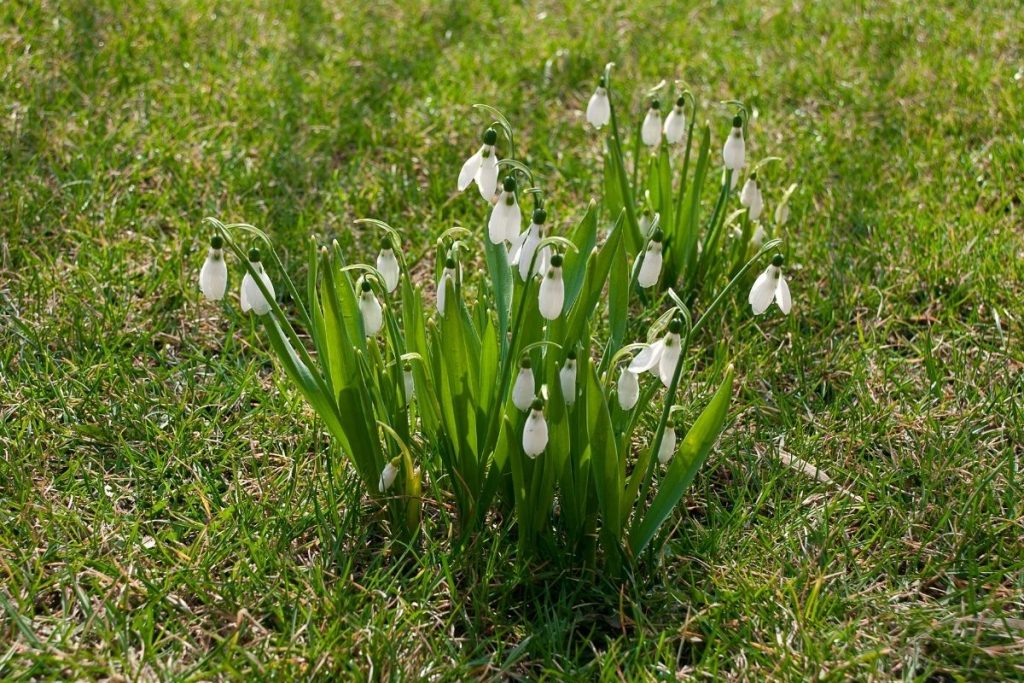
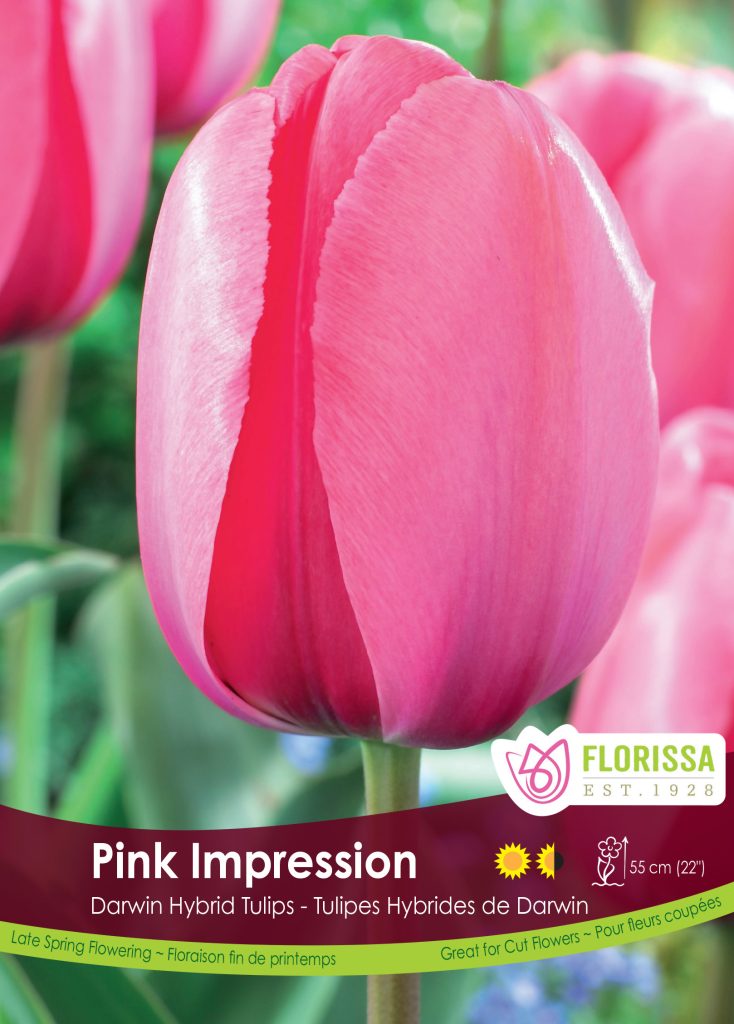
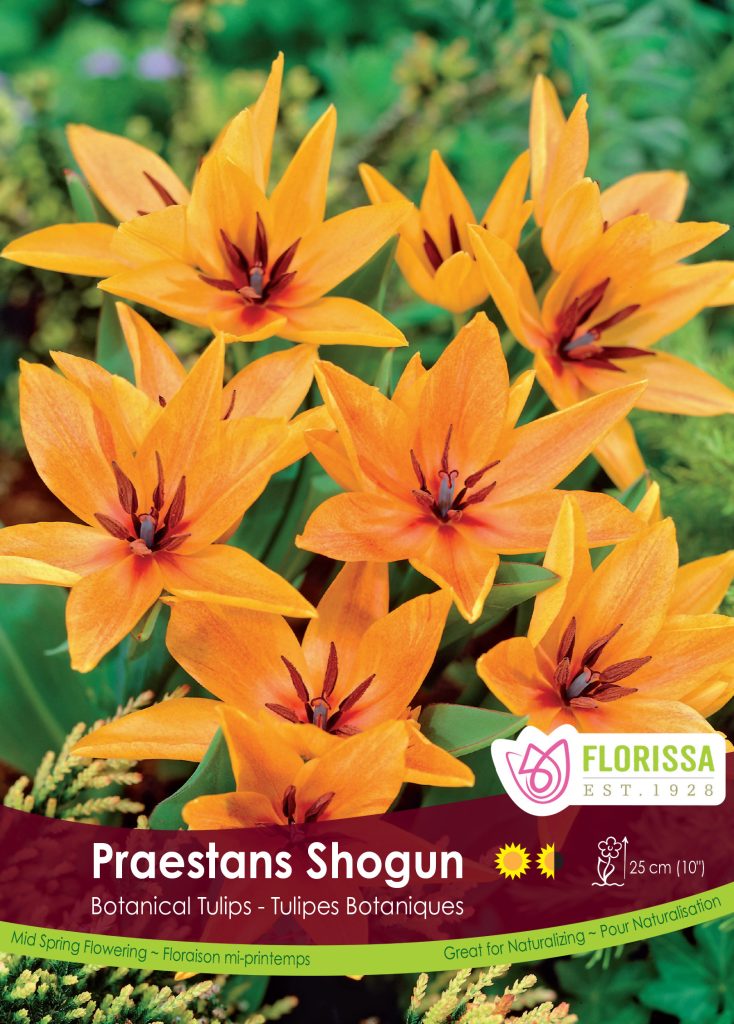

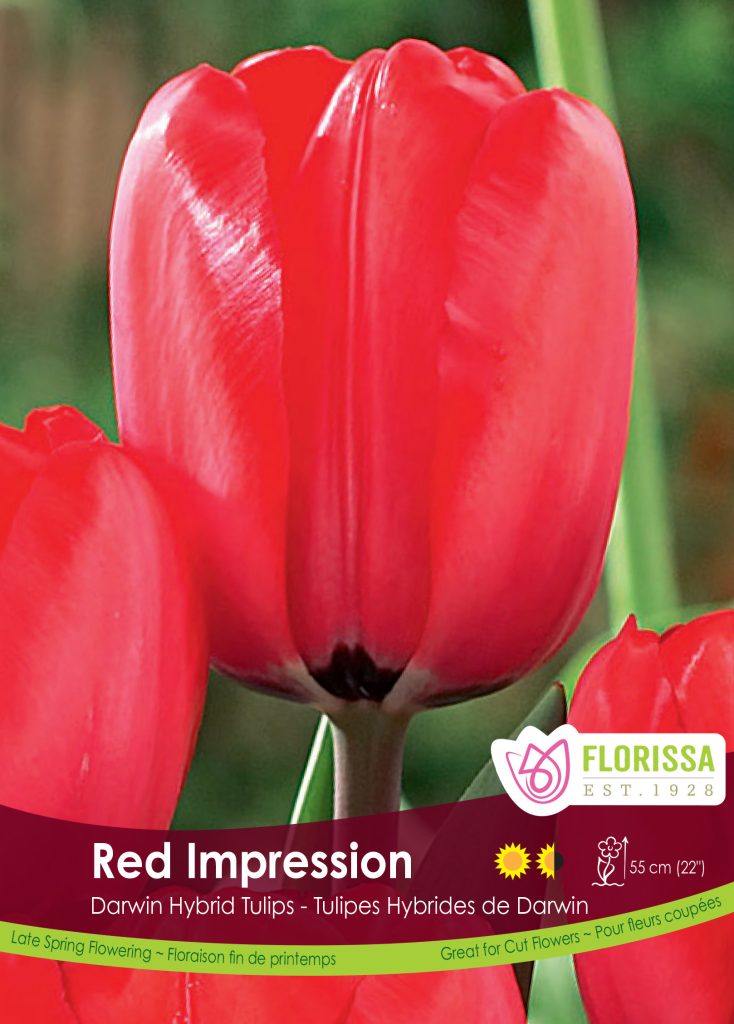
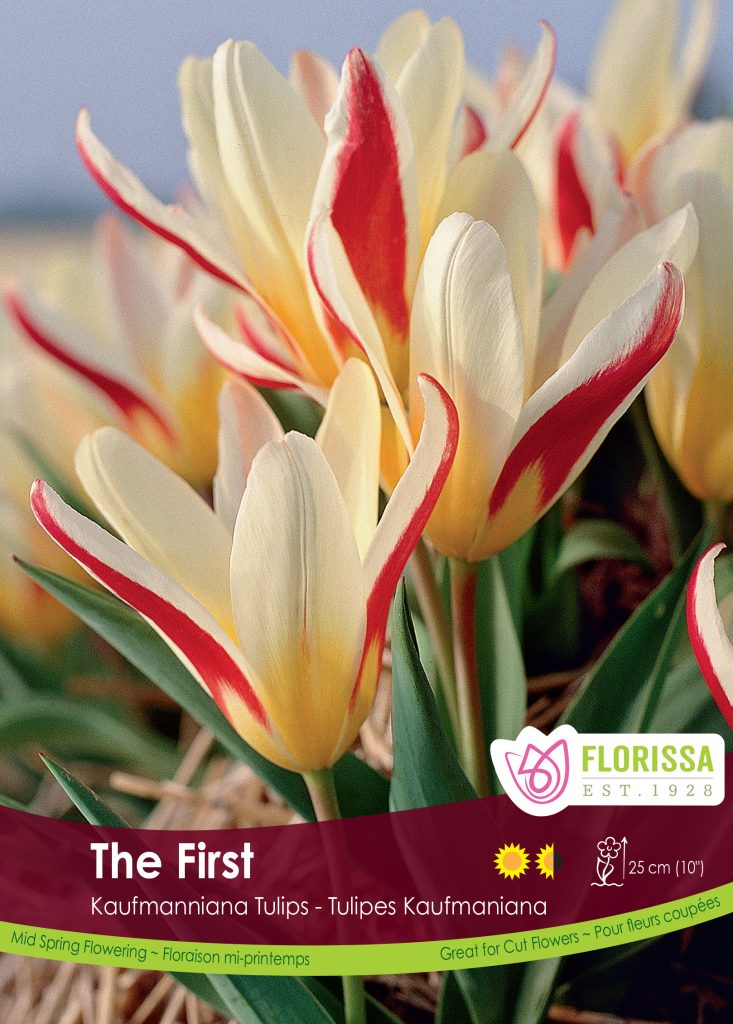
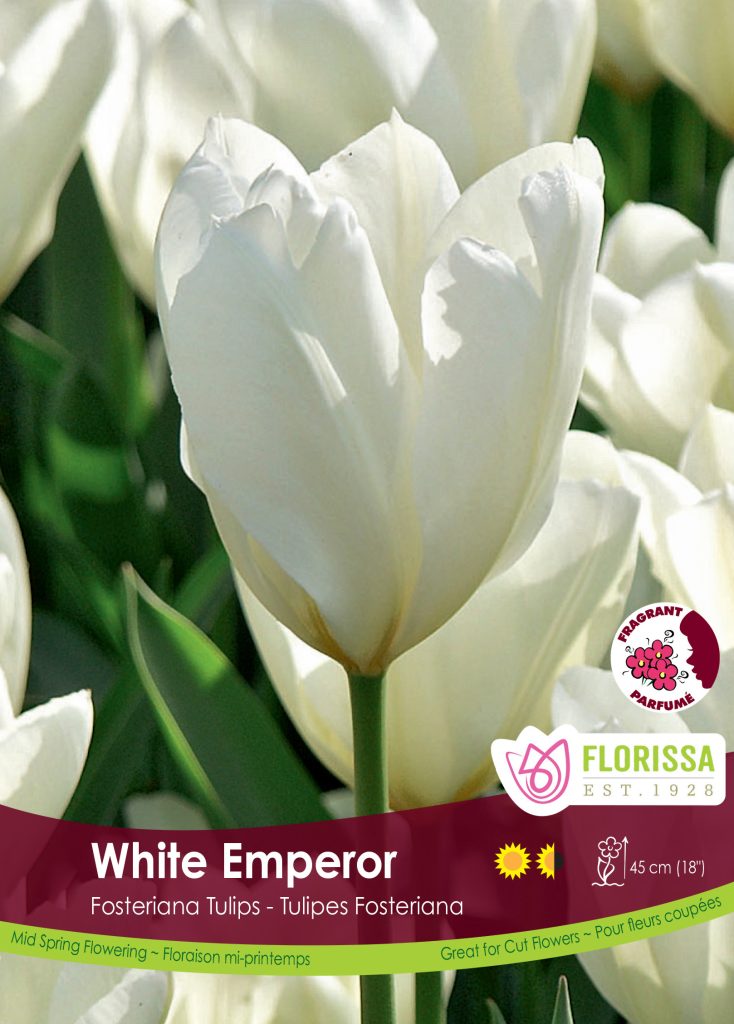
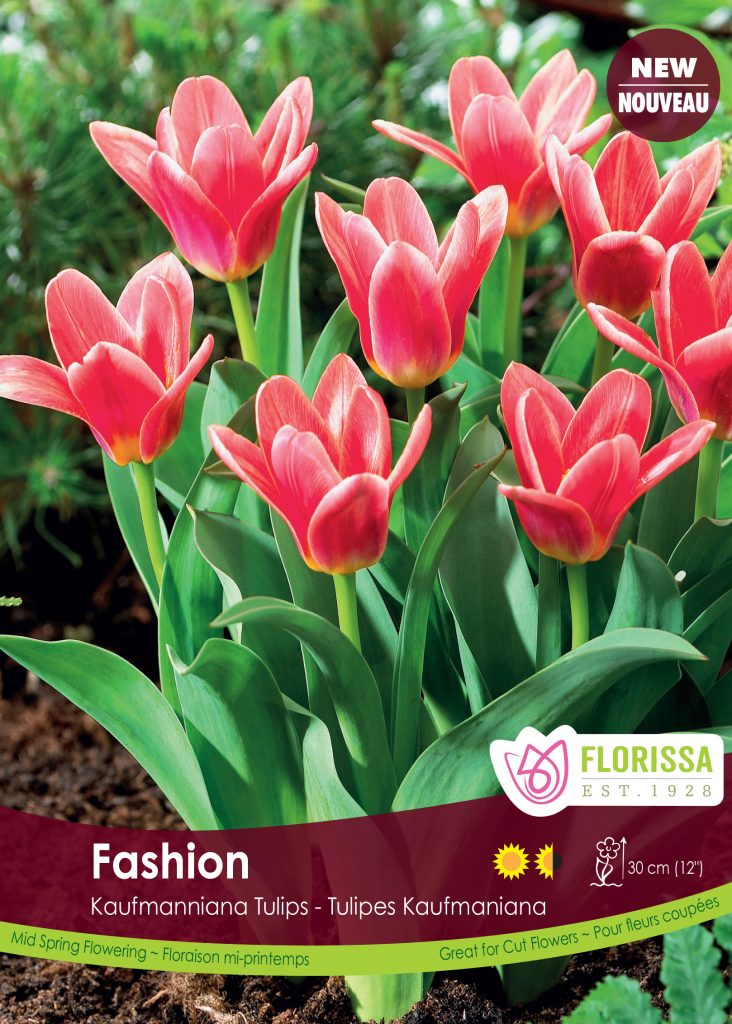

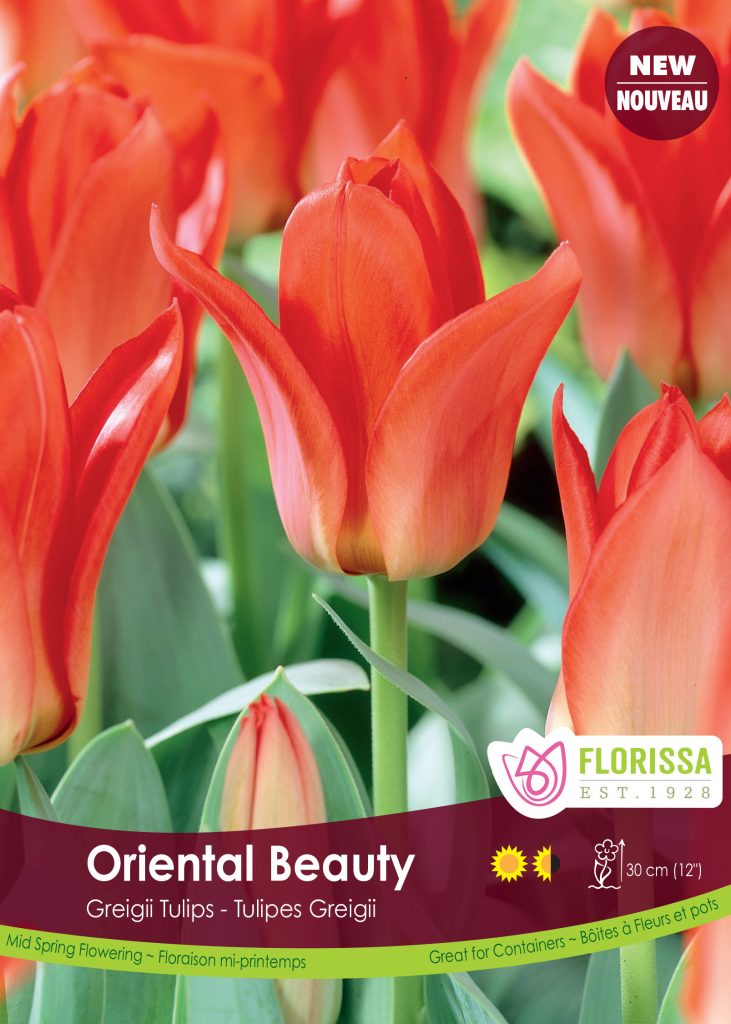
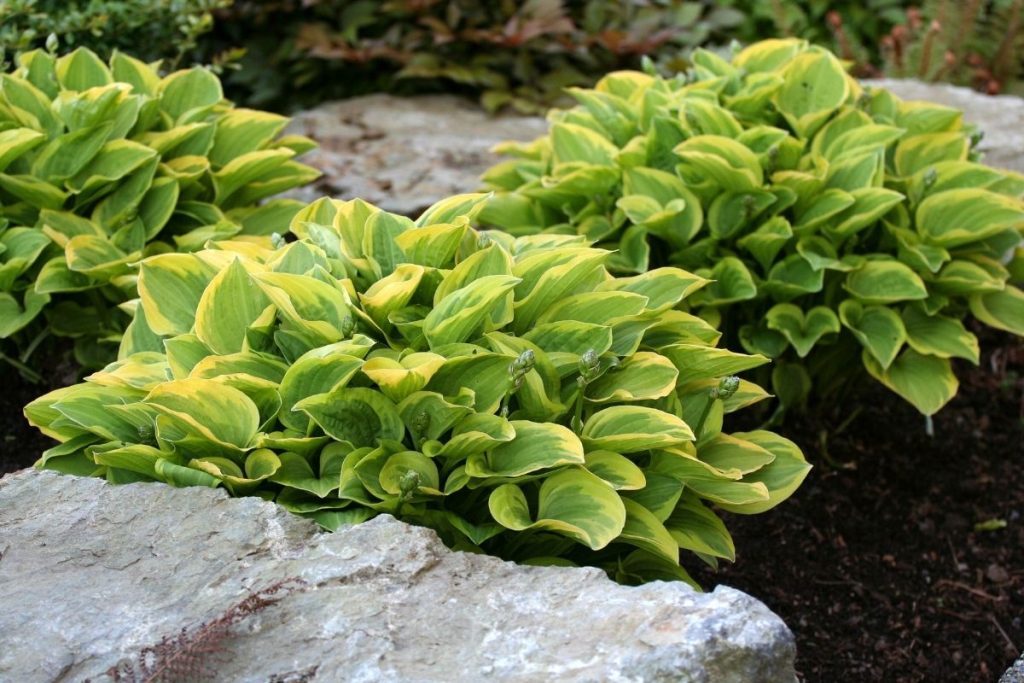
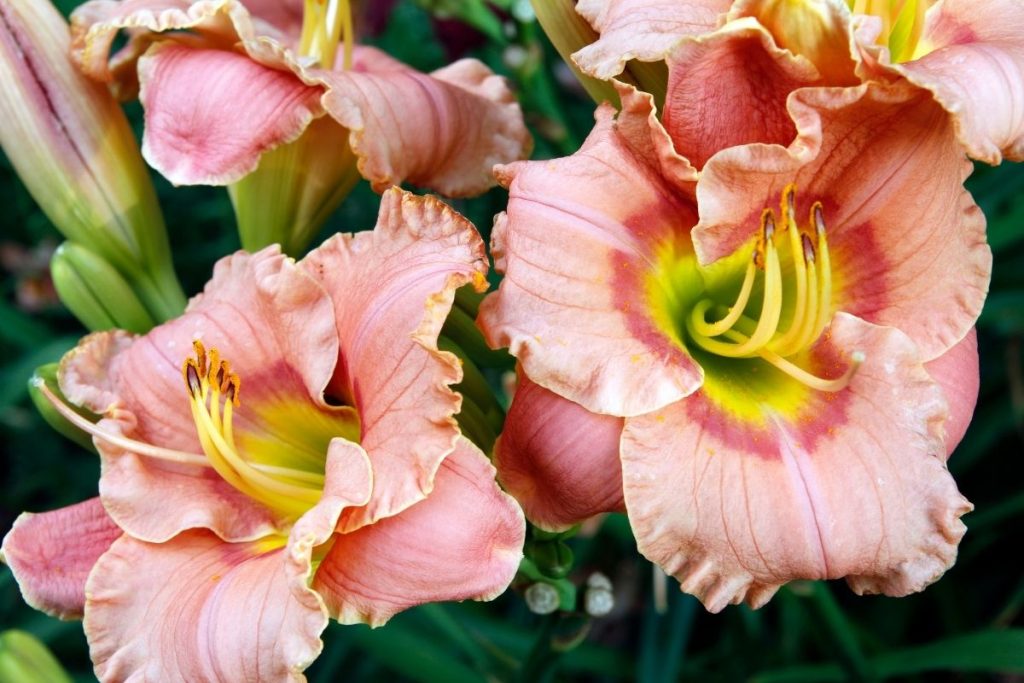
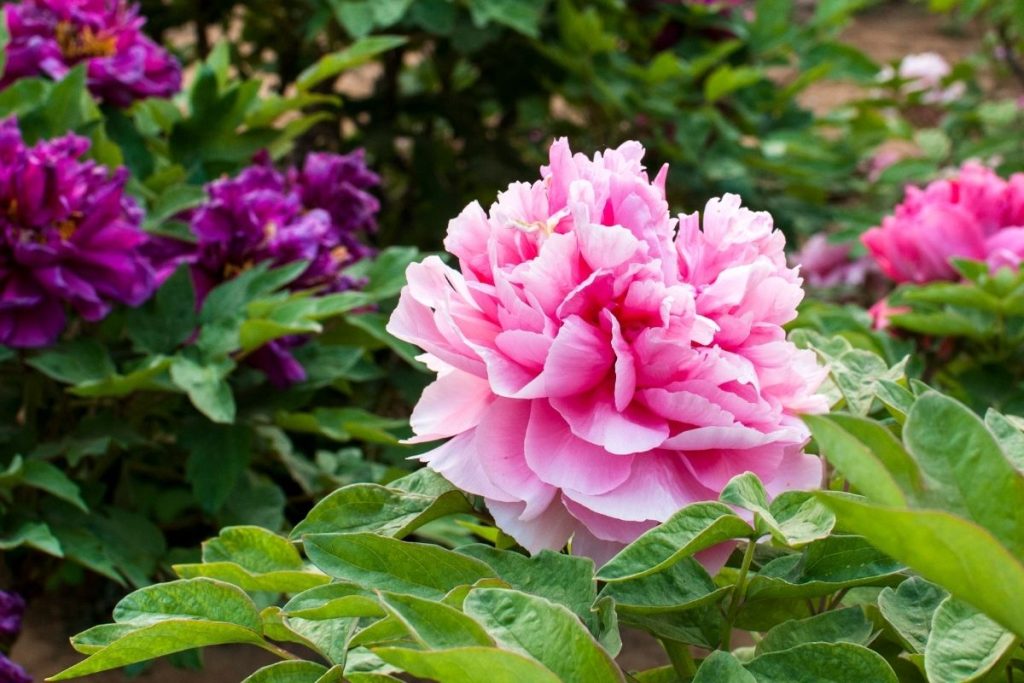
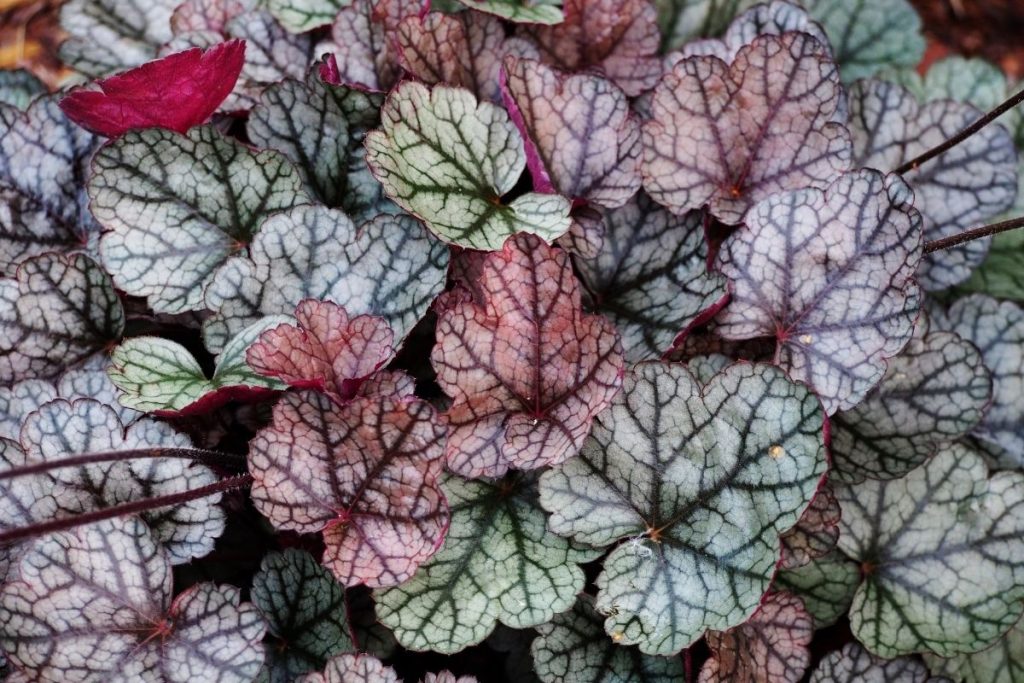
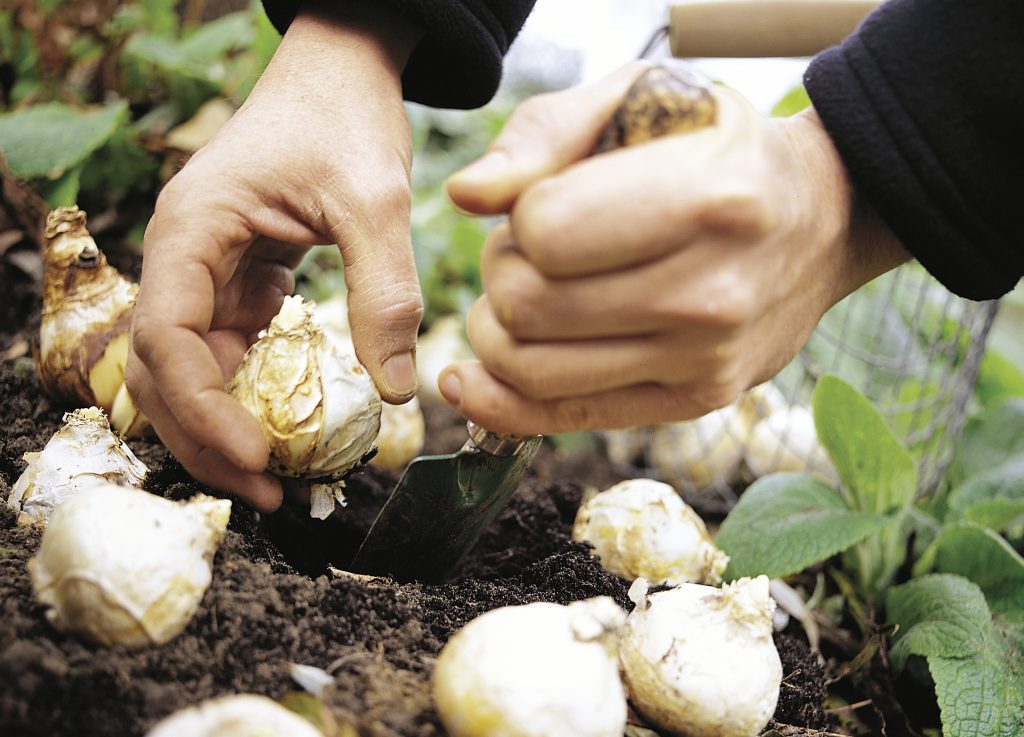
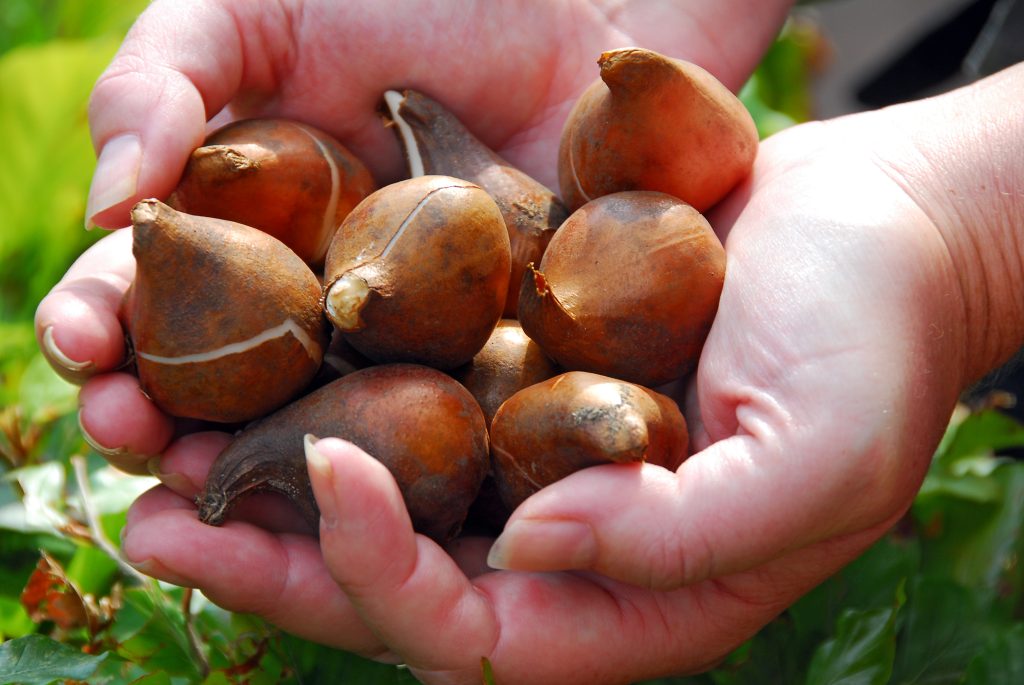
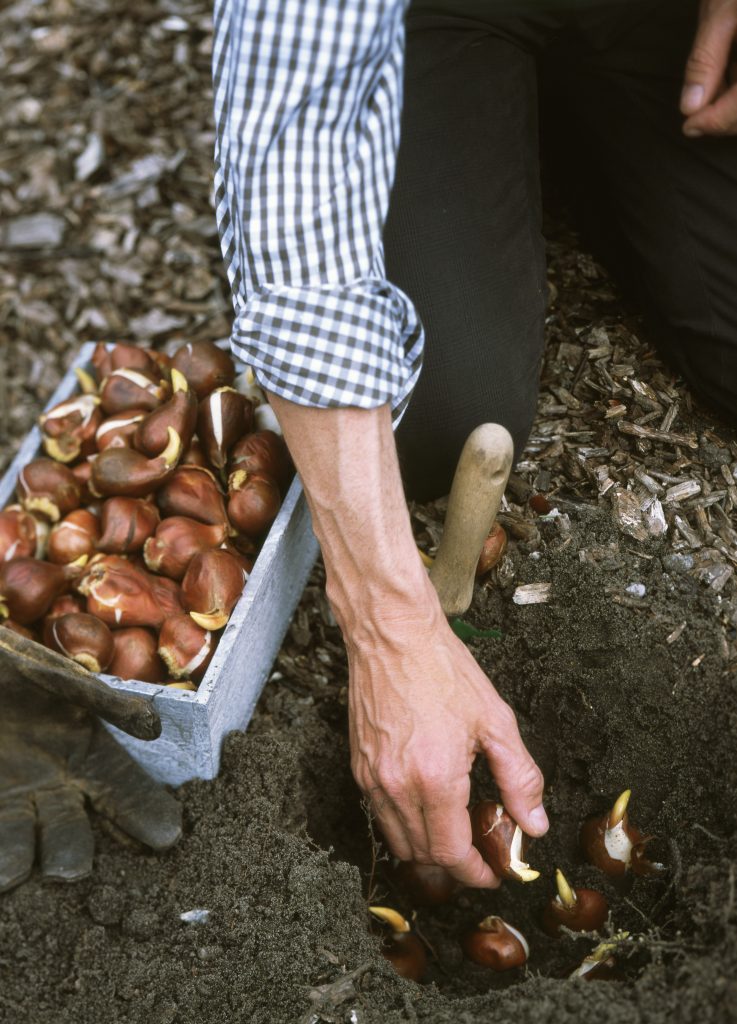
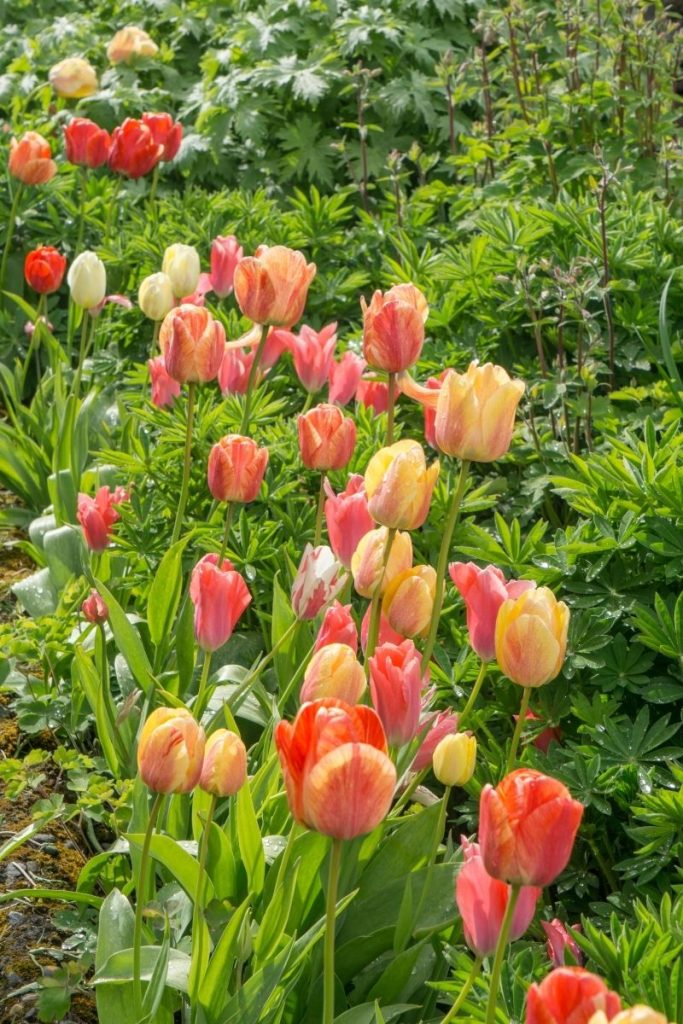

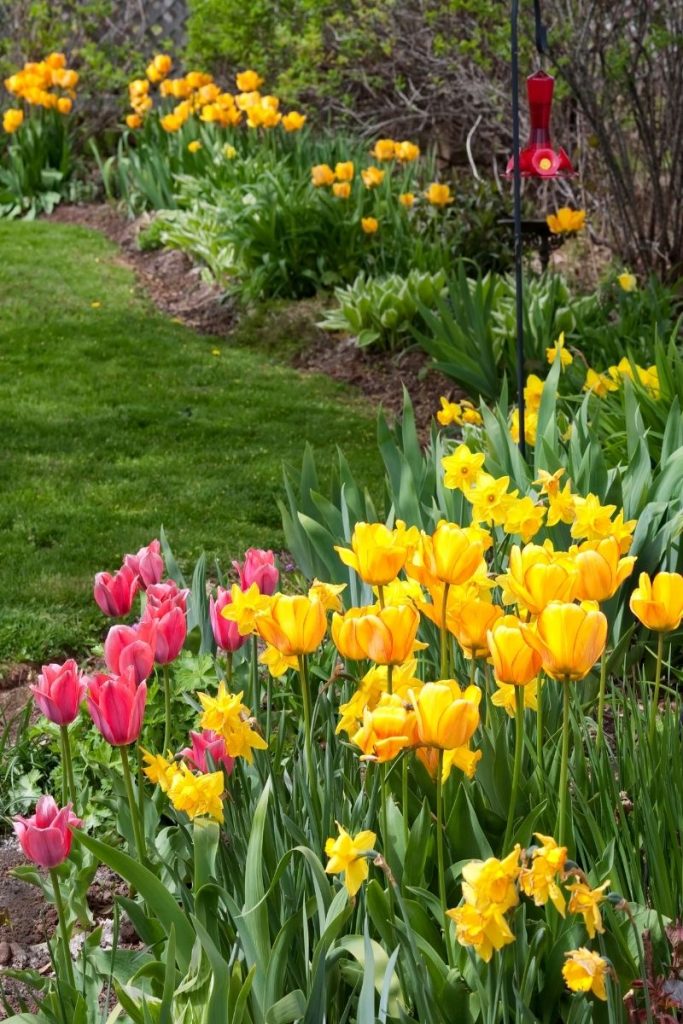
Lynn Coleman
This is a perfect analogy of our transition from one season of our life to the next. This article has helped me to understand what is happening to me spiritually as God grants me rest between seasons. Feeling like the flowers are spent – I don’t want to deadhead them – but coming to realize that it is necessary for a greater harvest in the spring (next season). The Lord used your article to show me what was going on with me spiritually. I have just come out of a season of great productivity and activity and now … well now … it’s time to rest – care for the foliage – recharge the bulbs for next season’s garden. I know that I should remove some of the old bulbs to make room for new colorful varieties. I am looking forward to adding new things to my garden. Thank you for this article! We never know how God will speak to us … or use what He’s given to us to help others grow in their knowledge and understanding of Him … and of ourselves.
Thank you! I have greater insight regarding this – my season of rest – because of this article. I am more content understanding that the “bulbs” are being nourished by God with the nutrients needed for the next leg of my journey! He’s not done with me! He is refreshing my soul! 1 Corinthians 16:18 says: “For they refreshed my spirit as well as yours. Give recognition to such men.” I give you that recognition! Thank you!